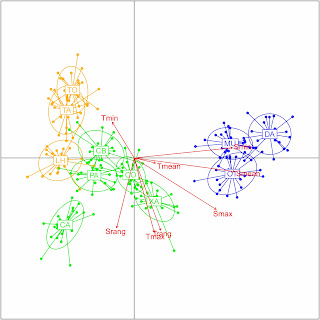By Xavier Turon and Marta Pascual
Dear friends and followers of the PopCOmics project, we announce that the project ended officially the 30th September 2021. We have waited to make this post so that some papers with results could appear and a new project is up and running.
We are delighted with the outcome of PopCOmics, in which we have published ca. 40 WoS-listed papers with the results obtained, plus a long series of papers indirectly related with the project. This is much more than could be expected from the modest amount of funding that we had available, and is the result of the hard work of all team members.
We are also proud to have completed 3 PhD during the duration of the project, while another three are currently ongoing. This is complemented by a number of Master Theses and Bachelor Theses that showcase the formative achievements of PopCOmics.
We have also a strong output in the form of meeting presentations, divulgation activities and media appearances. The team has been keen in reaching both the specialized audiences and the general public.
We want to congratulate the team of the project for the important results obtained. It was fun and enjoyable working together in PopCOmics, and the general assemblies were memorable occasions.
We are
happy to announce also that the next project has been funded by the Spanish Ministry
of Science and Innovation, and started on September 2021. This new project, “Marine
genomic challenges: from genes to communities” aka MARGECH
project, will allow us to continue the development and application of molecular
tools to pressing issues in marine ecology and biology. We will keep in mind,
as always, the conservation focus and the need to respond to societal needs for
high quality data and informed advice. Please bookmark the webpage of Margech https://margech.wixsite.com/margechproject and stay tuned for interesting news!
 |
| The MARGECH official logo |






